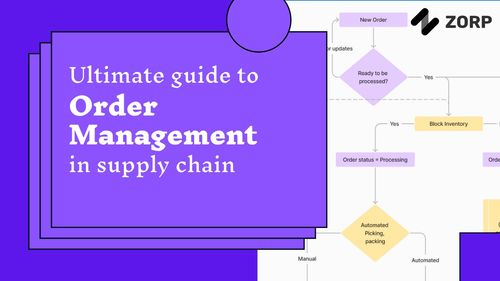Do you work in an office? Do you remember any time when a colleague or a visitor faced a minor accident at your workplace? That’s obviously sad. But how do you prevent such occurrences from happening again? That is called the Safety Incident Management Process.
Incident management is a systematic process that organizations use to identify, assess, prioritize, and resolve problems that arise within their operations. It can be anything from software incidents which results in disruption of service or safety incidents that lead to potential ill health for the actors. It is a key aspect of any organization's overall risk management strategy, as it helps to ensure that disruptions to business operations are minimized and that the organization is able to respond quickly and effectively to any issues that do arise.
In a workplace, incident management involves the identification and resolution of problems or issues that have the potential to disrupt business operations. This can include anything from equipment failures and IT system outages to accidents or incidents involving employees or customers.
Incidents can be classified based on a number of different factors, including the severity of the impact, the likelihood of the incident occurring, and the level of risk involved. For example, a minor equipment malfunction that has a low likelihood of occurring and poses a low risk to the organization might be classified as a low-priority incident, while a major accident involving serious injury or damage to property would be classified as a high-priority incident.
Typically, incidents are classified based on their severity. A sample type of classification could be
But an organization can have its own definition of a good incident classification.
Any successful business needs to ensure there are less disruptions to its basic operations. This involves understanding the disruptions that can occur and placing necessary checks and balances in place to reduce such instances. This is exactly where Incident management plays a big part. The importance of incident management lies in its ability to help organizations minimize disruptions to business operations and ensure that they are able to continue providing services to customers or clients. By identifying and resolving problems quickly and effectively, organizations can prevent small issues from turning into major disruptions.
There are several key steps involved in incident management, including:
When following an Incident management process, it is not always possible to address all incidents to the fullest extent. So, it makes sense to prioritize instances where the severity is high or the occurrence is high. Resolving these will improve the overall impact to the business and to the customer.
A sample prioritization matrix can be shown below.

There are several key metrics that organizations can use to measure the effectiveness of their incident management process, including:
This measures the length of time it takes to resolve an incident. You can calculate it as the difference between the time the incident is raised and when it is resolved. The Follow up process can happen after. The MTTR threshold can be different for different severity levels.
This measures the total number of incidents that occur within a given period of time.
This measures the financial impact of incidents on the organization.
This measures the level of satisfaction among customers or clients affected by the incident.
This is not a metric but a benchmark on how long each incident response should take. This is the threshold within which a necessary incident needs to be identified and addressed.
To improve the overall incident management process, organizations can implement a number of best practices, including:
Zorp is an Operations platform to build powerful software tools to optimize different parts of your operations. One of the key facets of the Zorp platform is that it lets you build tools that really fit your specific needs as an organization.
For the incident management process, irrespective of the kind of incident you want to address, Zorp can help you build the right tool to manage the following.
Build mobile applications to report incidents instantly along with details like notes, pictures, signature and specific people impacted.
When an incident is created, alert the necessary teams instantly so they can follow up on the process
The central team can prepare the Risk Assessment report based on the incident data. They can collect additional information from the ground if needed
The management team can review the risk assessments and sign off on them once they are convinced. All these data are digitally tracked and stored so reports can be built for evaluation
Finally, see granular reports on incidents occurring at various levels like day, time, customer, location etc and see how well they are being managed.
In summary, Incident management is a critical process for most large organizations. Having the right process and tools will help you manage unexpected incidents and their impact on your business.



